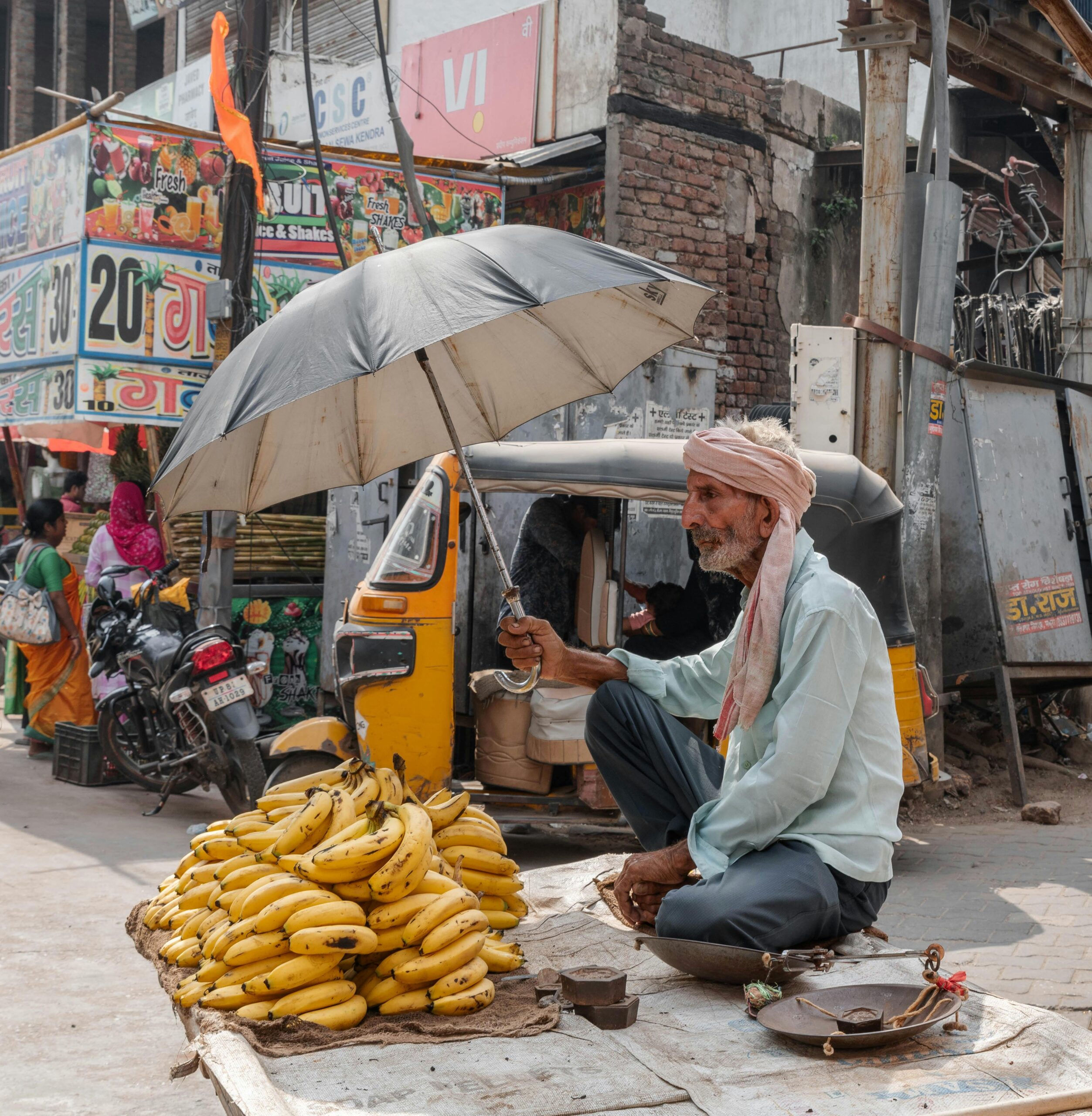The informal sector offers several appealing features. Entry barriers are low since both start-up capital and skill requirements are minimal. Though some workers acquire vocational training, most entrepreneurs gain experience through informal apprenticeships. Another key attraction is the flexibility provided to individuals who need to balance household responsibilities with income-generating activities. Informal sector employment allows them to adjust their working hours as needed. Additionally, the small scale of these enterprises enables them to deliver personalised services that larger firms often cannot match.
Regulatory framework governing street vending makes it a complex activity. Instead of protecting their right to livelihood, the law is often used to penalise or restrict vendors through fines, confiscations, or eviction drives. This reflects what Frédéric Bastiat described as the “perversion of law” in the famous pamphlet “The Law” published in 1850. In this essay Bastiat points out how the law can cease to safeguard life, liberty, and property, and instead become a tool of exclusion or control. Rather than securing justice for vulnerable groups, regulatory frameworks sometimes criminalise their strategies for survival.
These laws affect a sizable number of people. There are varying estimates on the scale of street vending in Indian cities. Under the Street Vendors (Protection of Livelihood and Regulation of Street Vending) Act, 2014, the number of vendors is capped at 2.5% of a city’s population. Based on the 2011 Census, India’s urban population stood at 377 million, and if we assume it has now grown to around 430 million, this would translate into roughly 10 million hawkers. This figure also aligns with the estimate put forward in the National Policy for Urban Street Vendors (2009).
A few months ago in Chandigarh, fines for small mistakes like placing your cart a few feet outside the assigned spot were hiked. This fine was more than a week’s income for street vendors. The city also restricted vendors to their geo-tagged spots, even if foot traffic shifted elsewhere during the day. Vendors lost flexibility. When customers moved, they couldn’t. Street vendors were being zoned. Zoning is a way of regulating land use where governments divide land into zones and set rules on how that land may be used.
Believe it or not, businesses have a strategy to zone themselves. This was observed by Harrold Hotelling. The Hotelling Model suggests that when two similar vendors in the city compete among themselves and consumers pay for transportation costs, it is likely that both vendors will place their stalls near the middle of the population of the consumers. It’s worth asking why this happens? Consumers choose to buy from the stall offering the lowest total cost (price of the good + travel cost). Since price is almost the same due to homogeneity in goods, the only differentiation that exists is in travel cost. So, each stall wants to locate where it can capture the maximum share of consumers. This creates a strategic incentive where neither vendor wants to leave “too much space” in the center, because the rival could capture those consumers. The end result of this interaction makes the middle location the Nash Equilibrium – a condition where none of the players have a scope for unilateral deviation. An interesting Ted-ed video also narrates how this phenomena takes place.
This is something we can also observe in our daily commutes. To capture maximum consumers, street vendors tend to cluster around metro stations, office hubs, and bus stops creating vibrant markets of their own. Zoning not only disrupts the livelihood of millions of people but it can also make our streets lifeless. An idea that urbanist Jane Jacobs calls the “sidewalk ballet” in her popular book “The Death and Life of Great American Cities”. The ballet is Jacobs’ metaphor for the daily choreography of city life on sidewalks. Each person who is a part of the city contributes to the vitality of its streets. These small interactions affect our daily lives. When street vendors disappear from busy spots, it becomes difficult to find the little things: fruits, snacks, a pen, or a comb. The two-minute walk now becomes a twenty-minute hunt which not just makes it less convenient but results in a loss of time which could have been used productively elsewhere.
Zoning is the opposite of mixed-use neighbourhoods. When housing, shops, workplaces, restaurants, schools, and street vendors coexist, they make streets lively and extend the time of their use from just the daytime extending into the night. Zoning does the exact opposite. It takes out life and makes streets unsafe. When more people live, work and interact in close proximity, they fuel street life, safety, and economic vibrancy. Safety doesn’t only come from the police or surveillance, but also from continuous presence of people in public spaces. Anyone in these busy spaces can become the “eye of the street”, including street vendors.
This is not to say that all the laws concerning street vending are bad but certain laws require revision, maybe some require more thought and deliberation. Cities are not machines to be engineered. Urban design should support local communities instead of replacing them with abstract notions.
Post Disclaimer
The opinions expressed in this essay are those of the authors. They do not purport to reflect the opinions or views of CCS.






